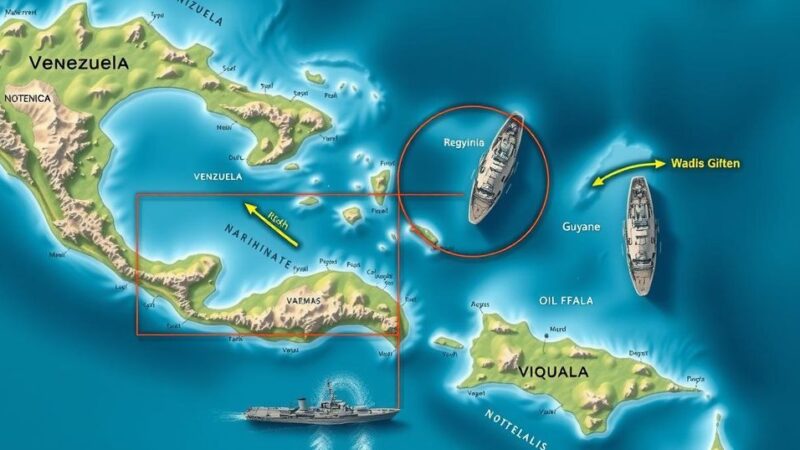The Grenada revolution significantly improved the lives of its citizens and inspired change across the Caribbean. Spearheaded by a politically aware leader, the movement successfully overthrew the oppressive Gairy regime, leading to social and economic reforms, including the establishment of the Maurice Bishop International Airport. The revolution’s legacy continues to influence Grenada’s international relations and internal policies.
The Grenada revolution, which lasted 55 months, significantly improved the livelihoods of its citizens and served as a beacon for neighboring Caribbean nations. The movement was led by an individual deeply immersed in history, sociology, and politics, who, upon studying law in Great Britain, experienced firsthand the discriminatory practices against colonies. He championed Julien Fedon, a historically maligned figure, as Grenada’s National Hero.
In the face of oppression from the Eric Gairy regime, the leader, alongside fellow youth, formed the New Jewel Movement, which engaged in various lawful protests and eventually escalated to armed resistance against governmental abuses and electoral fraud. Notable incidents of brutality, such as “Bloody Sunday” in 1973 and the assassination of Rupert Bishop during protests in 1974, highlighted the dire circumstances under Gairy’s rule.
The New Jewel Movement seized an opportunity on March 13, 1979, to overthrow Gairy while he was abroad, successfully capturing military barracks with minimal casualties. The success of this revolution resonated throughout the Caribbean and among the diaspora, establishing Grenada at the forefront of significant regional political shifts, initiated by its desire for independence.
The revolution facilitated connections within the Caribbean Community (Caricom), enabling robust international collaboration among Caribbean nations. Notably, the establishment of ties with Cuba by the four pivotal English-speaking nations illustrated a collective anti-colonial stance and a pursuit of regional solidarity throughout the 1970s.
Upon its inception, Grenada’s revolutionary government faced external threats, including mercenary attacks. The United States conducted military exercises as a prelude to the infamous invasion of Grenada in October 1983. Nonetheless, the revolution focused on securing diplomatic recognition while implementing extensive reforms in diverse sectors neglected by the former regime, including health and education, leading to remarkable economic growth.
Key to the revolution’s legacy was the construction of the Maurice Bishop International Airport, viewed as pivotal for Grenada’s future, comparable to a historic American railroad expansion. This project underscored the cooperative relationship with Cuba and was recognized by leaders, including Prime Minister Dickon Mitchell.
Prime Minister Mitchell went on to declare October 19 as “National Heroes’ Day” in 2024, honoring those who fell during the revolution. Bishop’s enduring legacy was exemplified by his assertive stance against powerful nations, exemplifying the potential for small nations to demand respect on the global stage.
The legacy of the Grenada revolution is marked by significant social and economic reforms that uplifted its citizens and set a precedent for Caribbean nations. The movement not only overthrew a repressive regime but also fostered regional solidarity and international ties, particularly with Cuba. The establishment of the Maurice Bishop International Airport highlights the long-term vision for development and tourism. By honoring its heroes, Grenada acknowledges its past while embracing the lessons for future governance and independence.
Original Source: www.plenglish.com






